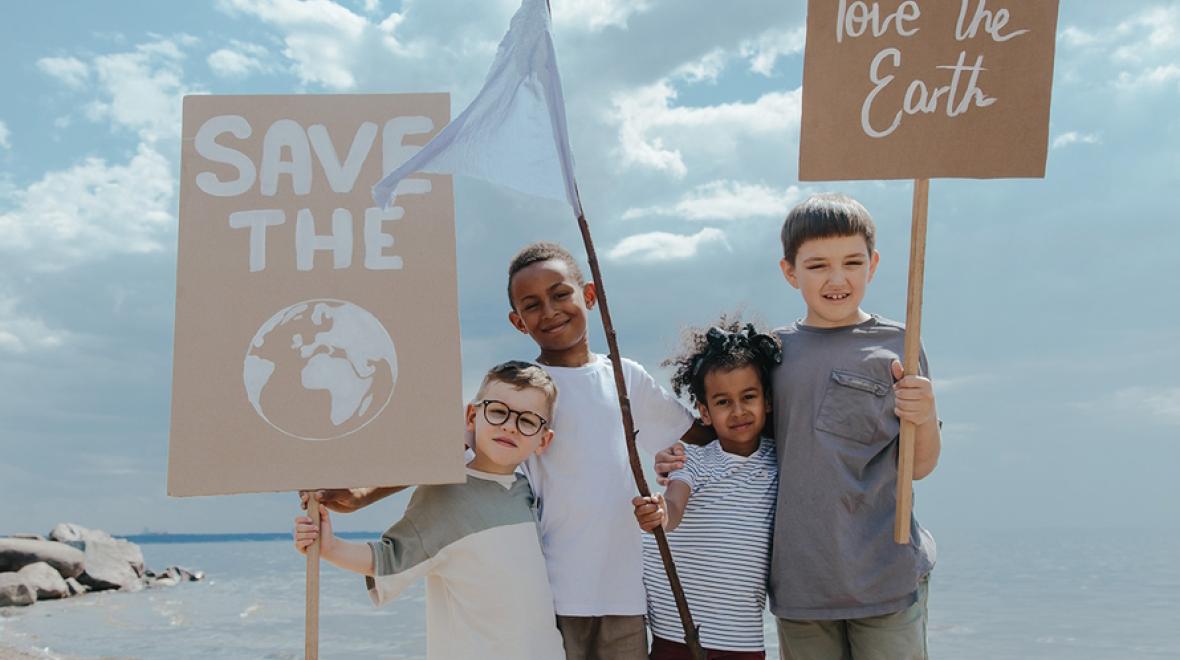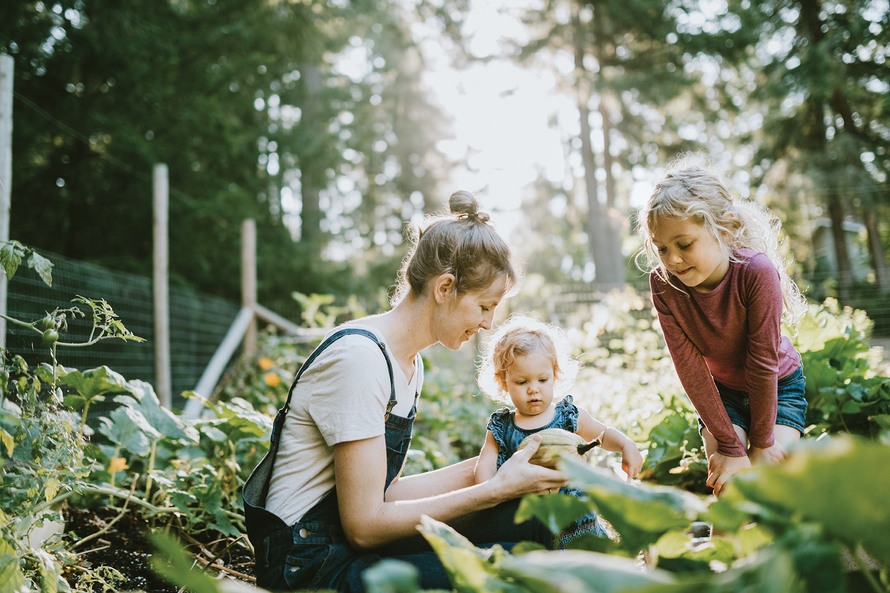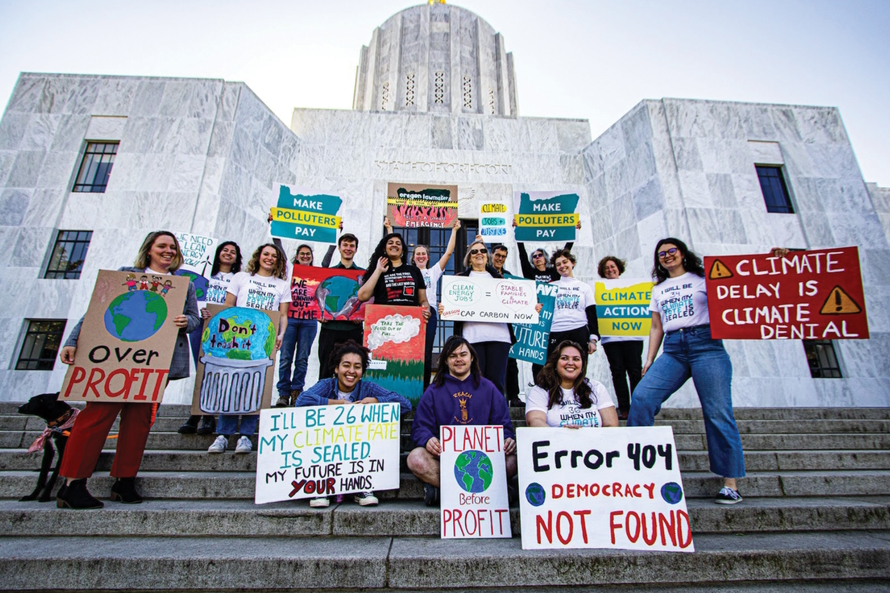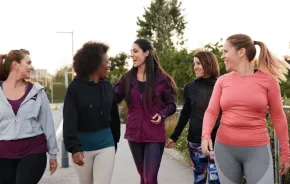
Photo:
Everyone can make a difference
If you and your kids participated in one of the local Earth Day activities this year, you all might be fired up about doing something to benefit the environment. And if you didn’t do anything for Earth Day at all, you might be feeling a little guilty about it. Whichever state of mind you find yourself in, Earth Day is every day, and there’s no better time than right now to teach your kids that they don’t have to grow up before they can make a difference. No one is too young to connect with nature and learn that their actions have an impact.

Eco-actions for preschoolers
For the littlest kids, animals and food are great places to start. Take your toddler or preschooler to the zoo and while you’re there, explain how animals lose their homes when people generate too much waste and pollution. When you get back to your home, teach them which things to put in the garbage, and which go into recycling so that their waste won’t end up in animal habitats.
Spend time in the garden with your child, or if you don’t have a garden, plant some vegetables and flowers in pots. If they are old enough, let them have a few pots or a small patch of their own to garden. If not, encourage your child to help you plant and water. (The drudgery of weeding may be counterproductive.)
While you are outside together, help them notice the birds, bugs and other animals that share your neighborhood with you. Use these examples to explain habitats and food webs. Then, remind them that when you grow plants without using chemicals, you are helping to make that whole community possible. Bonus: Giving kids a hand in growing vegetables also makes them more likely to eat them. Not only are they healthier, but homegrown vegetables have a much smaller environmental footprint than any snack that comes in a package.
Actions speak louder than words, but it is good to narrate your sustainable choices. Let your child know that you’re walking to the playground to avoid polluting fuels and packing lunch in reusable containers to eliminate waste.
Eco-actions for kids in elementary and middle school
Once kids reach school age, they can start to understand more complex environmental topics and how humans impact ecological systems. Older kids can learn how to calculate their family’s carbon footprint. Once they do, let them lead your family in choosing and implementing the steps to shrink your environmental footprint.
Kids can also continue their backyard environmental learning with hands-on projects. By now, connecting with wilder environments on family hikes and camping trips is more practical, too. And you can turn screen time into environmental action with age-appropriate apps such as Earth Rangers, which is designed to empower environmental leadership through educational and practical environmental challenges.
At this age, kids and tweens can also start to get involved in the wider environmental movement and begin to encourage others to make more sustainable choices. If your child’s school has a green team or environmental club, encourage them to join it. Support them in taking action with groups such as Fridays for Future and other youth-led and family-oriented climate action organizations.

Eco-actions for high schoolers
Teens are old enough to be aware of all of the existential threats society faces today, and having an action plan is important for their mental health. Many people still think that the environment and social justice are competing priorities, but poor and marginalized communities are disproportionately impacted by pollution and climate change. If your teen is passionate about social justice issues, leverage that interest to engage them with the environmental justice movement.
Teenagers’ growing independence also gives them more choices about sustainable living. Support your child’s decision to become vegetarian or vegan — meat production has a huge environmental footprint. Driving generates more carbon emissions than any other activity they participate in. Encourage your teen to bike, walk or take public transportation whenever possible. Another lifestyle area in which young people can have an impact is fashion. Fast fashion has made the textile industry one of the most polluting in the world, and it is responsible for child labor violations and dangerous sweatshop conditions for workers. Learning to thrift, mend and creatively style a smaller wardrobe can help Generation Z break the fast-fashion habit.
Even if they can’t vote yet, teens can make an impact through civic engagement. Organizations such as Our Climate and Schools for Climate Action provide resources to help teens and their families advocate for climate action at multiple levels of government, from Congress to the local school board. Teens can and do make a difference through nonprofit leadership, protests and volunteering on projects such as beach cleanups and salmon restoration.
Required readingAt any age, books can help people connect with nature and understand their role in it better. Here are some titles to get your child’s eco-education started. Picture books
Middle-grade reads
Young adult titles
|











